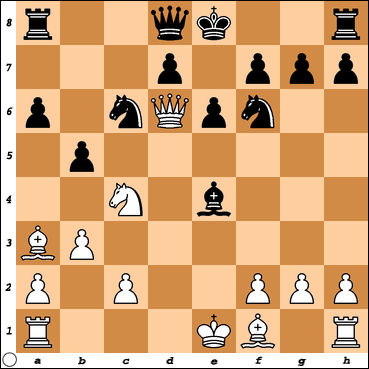I recently got John Nunn's new book
1001 Deadly Checkmates
. It's a collection of (you guessed it) 1001 positions from actual play (mostly in the last few years) where the player on move can checkmate by force in a few moves. It is a great book, which I think will be useful to a wide range of players, say from 1400 to 2400. I'm 2200 OTB and can solve most of the problems pretty quickly (197 out of the first 200), but still find them useful for honing my tactical skills. They should be even more useful for lower-rated players, who will find a lot of mating ideas that are new to them. Chess is largely a matter of pattern recognition, so exercises like these are useful to everyone. It's reasonably priced, too - only $15.75 at Amazon.com.
Here is a position, from Kotrotsos-Stiri, Iraklion 2005 (No. 640 in Nunn's book) that surprised me. I solved it quickly enough, but might not have if I hadn't known that there was a mate to be found. White, on move, must force mate.






